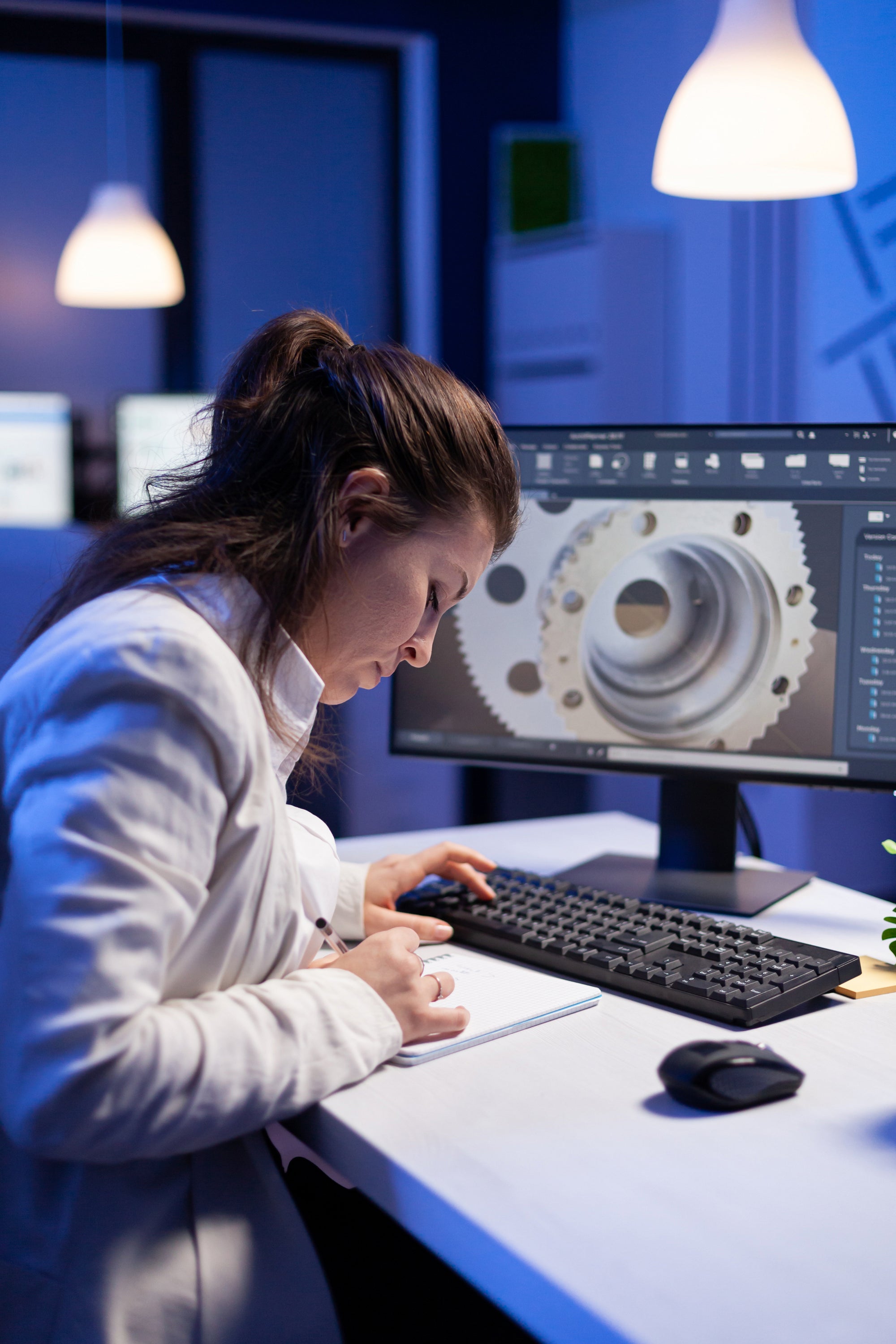When using a laser cutter, it’s wise to know the best materials to yield the greatest results and finest finishes. One of the advantages of laser cutting is the wide variety of materials that are suitable for laser cutting, so let’s delve into the different materials, and which is best to use when laser cutting.
Having some knowledge of the different properties when laser cutting will help you get the best results for whatever project or product you are cutting.
Here at Plexico, our favoured material is acrylic, as this leaves the best finish when laser cut. The edges are smoother, and when using a high quality acrylic the possibilities are endless for products to help offer smart home solutions or offer simple but effective display stands too.
Laser cutters can also cut through a variety of metals too – it’s worth bearing in mind that the thickness of the metal can require different types of laser cutter, one size does not fit all! Metals are well worth working with, as the strength and density of the metal can produce some sturdy designs, such as premium guitar wall hangers – when displaying your prize items, considering what will hold them well is key!
Wood is another common choice, with many arts and crafts fairs displaying the varied designs capable with a laser cutter. MDF – medium density fire board is a favoured choice and a great cheaper option. If using natural or treated wood, it is worth considering the fire risk from any oils, stains or resin within the wood.
Paper and Cardboard – a favoured wedding invite choice, laser cutters can cut out intricate designs that simply wouldn’t be possible by hand, the accuracy of a laser cutter means designs can be drawn in and following a CAD programme, the laser cutter does all the tricky bits!
Most interestingly, glass is usually not considered but it is possible to use a laser cutter on glass. However, we cannot just use any laser cutter when attempting to cut glass – we must consider the laser cutting requirements, such as needing a cooling system and the power needed to cut through such difficult material.
There are limitations to the seemingly endless list of materials we can try to cut – these are worth making a note of to avoid!
Polystyrene and similar materials, these are heavily plastic based but the risk of overheating and causing toxic fire and fumes is so high, it’s not worth trying!
Fibreglass – this is where knowledge of what are materials are composed of comes into play, fibreglass is made of epoxy resin and glass, cutting glass isn’t impossible but comes with risks – add into this the toxicity of the resin and potential fumes – it’s a definite no go.
PVC – this should be left to mechanical methods which work well on this material. Polyvinyl Chloride will release toxic fumes and acids when attempting to laser cut, this is harmful to the user of the cutter, but also can damage the laser cutter itself!



